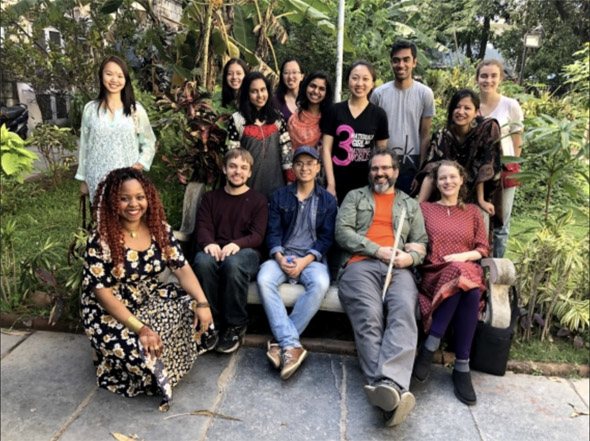Co-designing assistive technologies in India
MISTI students connect with premier Indian institutes, hospitals, and students to collaborate on “humanistic” assistive design.

“Working with partners is critical because they have an established infrastructure and through their years of work in this area, they have developed the trust of the community. We need that trust to make things happen. It’s fundamentally important that these workshops involved individuals with disabilities in order to make an impact, and coming from the U.S., we had no way to make that happen without our Indian partners.”
— Kyle Keane, lecturer and research scientist in MIT Department of Materials Science and Engineering
According to the United Nations, 1 billion people globally live with disabilities, and as many as 70 million of them live in India. In India, individuals with disabilities face barriers to success from nonexistent or inaccessible infrastructure, as well as prejudicial beliefs and discriminatory laws.
With those challenges in mind, Kyle Keane, lecturer and research scientist in MIT’s Department of Materials Science and Engineering, was invited to conduct a 2018 summer workshop in Chennai, India. He reached out to MIT-India, part of MIT International Science and Technology Initiatives (MISTI), for support in bringing a student with him. They not only agreed, but MIT-India Managing Director Mala Ghosh replied, “Why not bring an entire class?”
MIT-India connected Keane with LV Prasad Eye Institute (LVPEI) in Hyderabad, India. The international research and training hospital offers patient care, sight enhancement, rehabilitation services, and rural eye health programs throughout India. They have served over 23 million people with visual impairments, more than half of whom were treated entirely free of charge.
More SHASS stories about Human Health
Suggested links